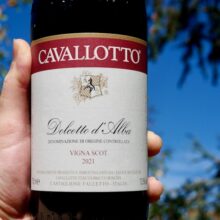
Product information
Cavallotto Dolcetto d’Alba Vigna Scot 2021
$53
Description
Excellent élévage wonderful freshness and development delicious, layered, & earthy. Beautifully weighted. Stunning wine. Lovely acid. Savoury with dark and red fresh fruit ~ mulberry.
If you want to know how serious Cavallotto is about Dolcetto, they planted it on the hillside between Bricco Boschis and Monprivato/Codana. That, my friends, is a site with pedigree!
Ask my suppliers and they’ll tell you how much I bitch and moan about the unrealised potential of Dolcetto.
Cavallotto’s is Captivating!
In stock












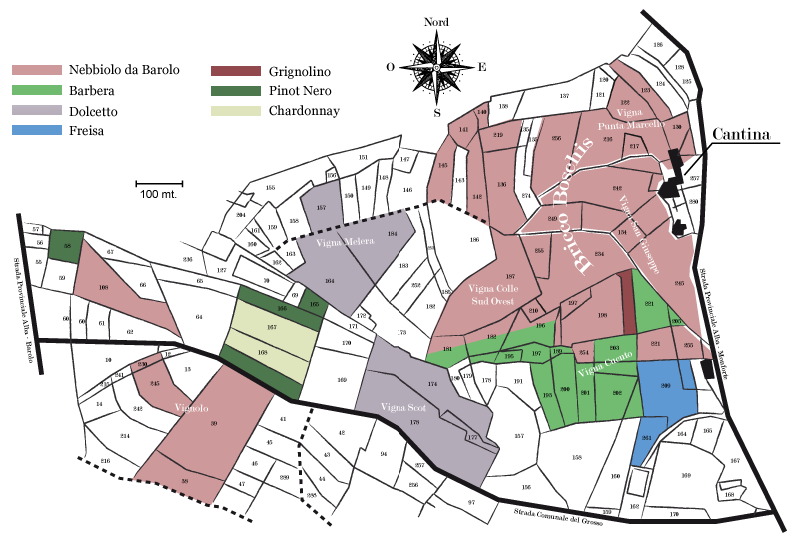
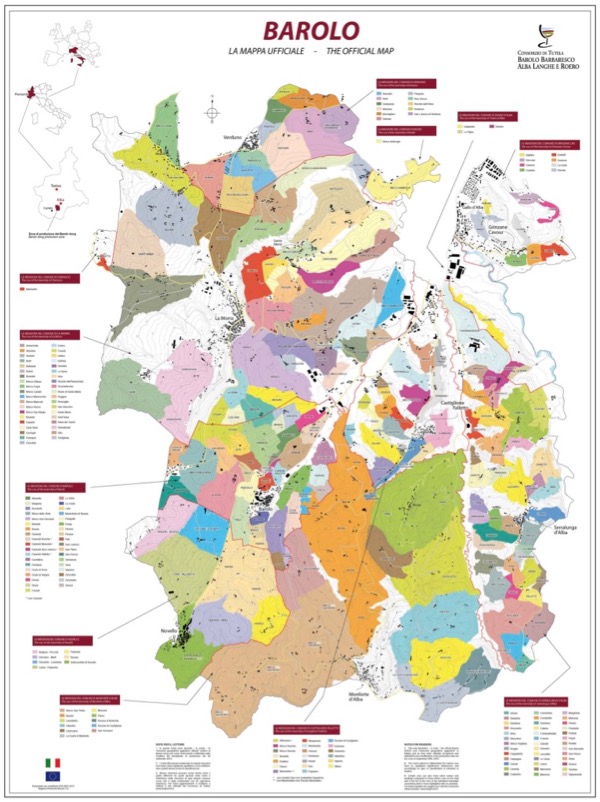
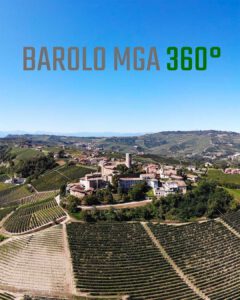

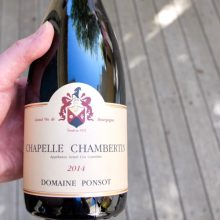
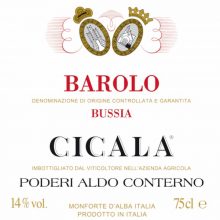
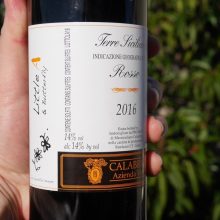
You must be logged in to post a comment.